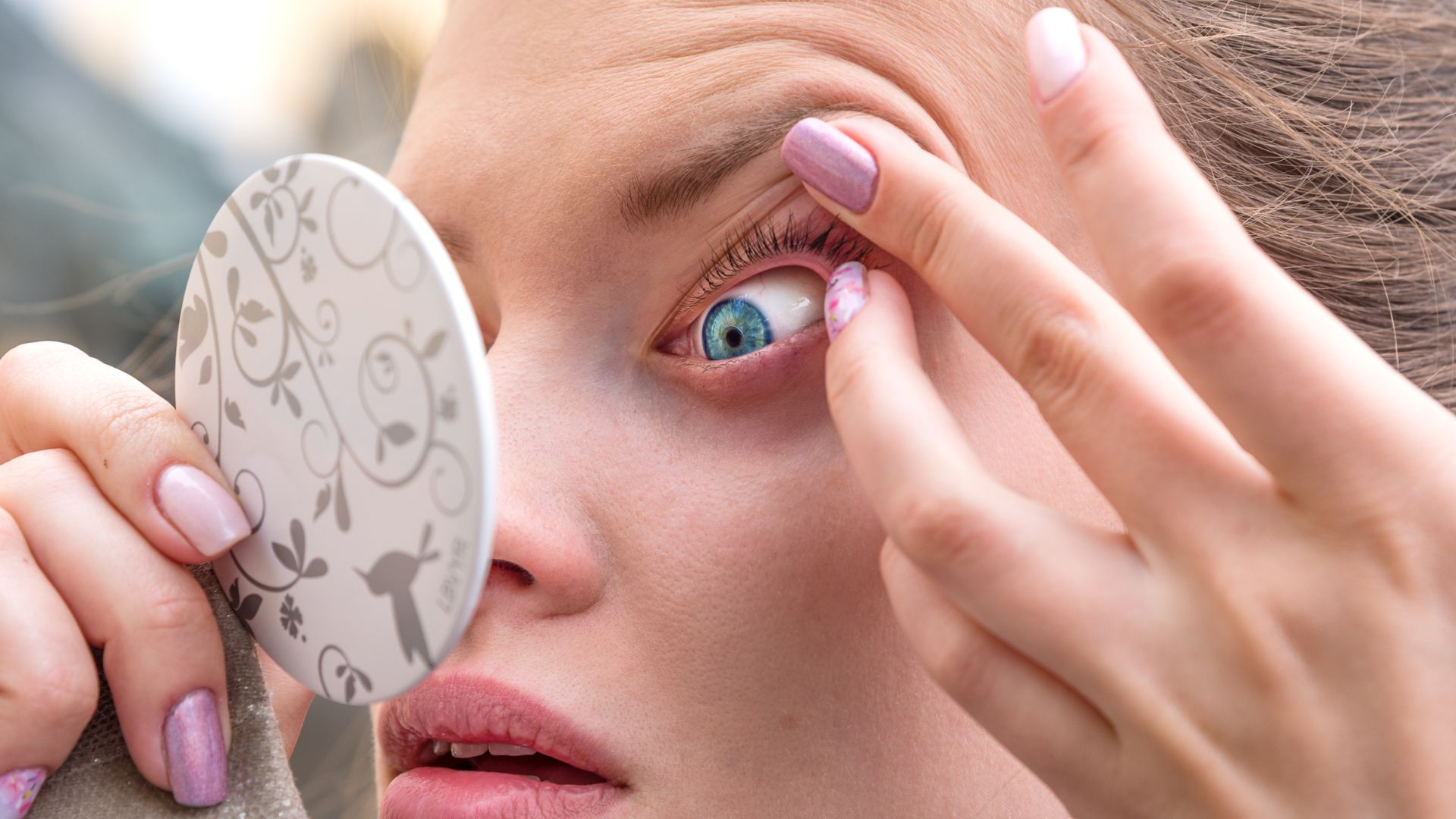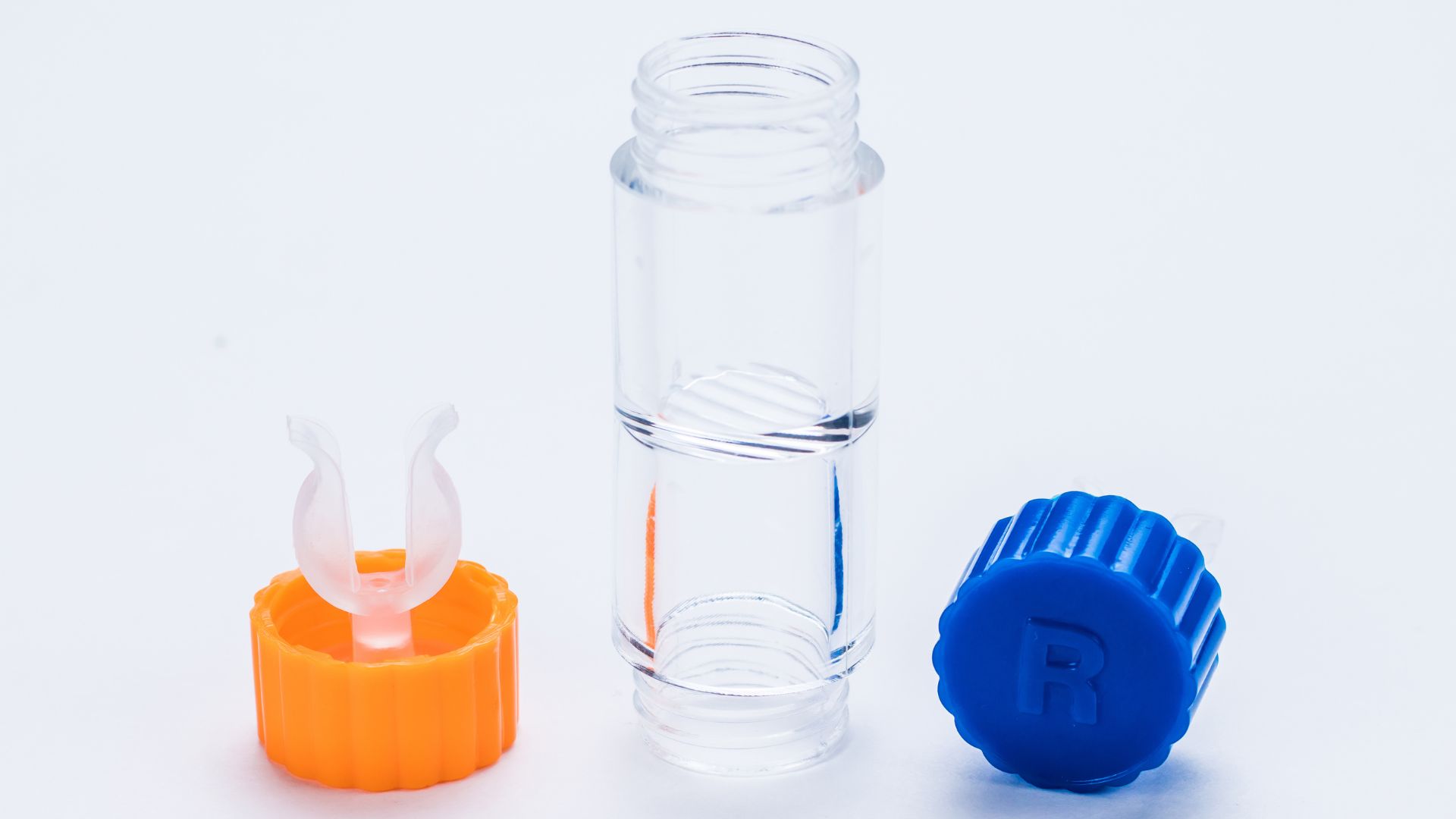Before marketing a Class I medical device — or even a Class II or III — in the United States, manufacturers should first gain a solid understanding of how the U.S. Food and Drug Administration (FDA) classifies each medical device.
Simply put, FDA divides medical devices into classes to determine the regulations a device is subject to. They provide a blueprint for the path to legally marketing that device in the U.S.
The Administration regulates all medical devices marketed in the U.S.. It assigns every single device a classification based on the possible threat it poses to the health and safety of a patient should something go wrong with it.
FDA has classified over 1,700 unique types of medical devices. They are listed in the Code of Federal Regulations (CFR) under 16 specialties (also known as panels).
Classifying a device according to one of the 16 panels is beginning of understanding whether you are manufacturing a Class I medical device, or a Class II or III.
What Are FDA Medical Device Classifications?
Medical device classifications indicate what controls apply to a device and what regulatory submission, if any, is needed to market the device. When a device is subject to certain controls and/or submission requirements, these requirements must be strictly adhered to.
If a manufacturer markets a medical device without applying the applicable controls or obtaining approval for applicable regulatory submissions, FDA considers the device to be adulterated or misbranded and the device is subject to FDA’s enforcement actions.
Class I Medical Devices
Class I medical devices maintain little contact with a patient and have minimal impact on their overall health. Typically, these devices do not influence or interact with a patient’s internal organs, circulatory, or central nervous systems.
Almost half — 47% — of medical devices fall under Class I and roughly 95% of these are actually exempt from the regulatory process.
If a medical device is considered exempt, a 510k premarket notification and premarket approval (PMA) is not required before marketing the device in the U.S.
However, the manufacturer must register their establishment and their products with the FDA. They are also required to comply with the same FDA General Controls which apply to each Class of medical device which enforce adulteration, misbranding, device registration, records, and good manufacturing practices.
Class I Medical Device Examples
Examples of Class I Medical Devices include enema kits, stethoscopes, and latex gloves. Other examples include:
- Bandages
- Bedpans
- Tongue depressors
- Surgical masks
- Irrigating dental syringes
Class II Medical Devices
Class II medical devices present a higher amount of risk due to the fact that they are more likely to come into sustained contact with a patient.
For this Class, general controls are not enough to provide adequate assurance of the safety and effectiveness of the device and FDA places additional Special Controls on them to help enforce proper safety. Special Controls depend on the individual device and may include unique labeling requirements or performance standards.
These medical devices are considered Class II devices and comprise 43% of all medical devices in the U.S. market.
Class II Medical Device Examples
Examples of Class II devices include surgical gloves, contact lenses, and some pregnancy test kits. Other examples of these products include:
- Blood pressure cuffs
- Syringes
- Blood transfusion devices
- Powered wheelchairs
- Contact Lenses
Class III Medical Devices
Medical devices classified as Class III are those that pose a moderate to high threat to the patient’s safety. They generally sustain or support life, are implanted into the patient, or present a potential of unreasonable risk of illness or injury.
About 10% of medical devices are categorized as Class III and General and Special Controls are not enough to assure the safety of these devices. Products that fall in this category are subject to additional FDA measures like premarket approval.
Class III Medical Device Examples
Class III medical devices include products like implantable pacemakers and breast implants. Other examples include devices such as:
- Defibrillators
- High-frequency ventilators
- Cochlear implants
- Fetal blood sampling monitors
- Implanted prosthetics
How to Determine What Your Medical Device Class Is
FDA has categorized well over 1,700 unique types of medical devices. They have organized each in the electronic Code of Federal Regulations (eCFR) into groups known as ‘specialties’. Identifying which of these specialties your medical device falls into is generally the first step in understanding whether you are manufacturing a Class I medical device, a Class II, or a Class III.
The 16 Specialities, or “Panels,” listed in alphabetical order are:
- Anesthesiology
- Cardiovascular
- Chemistry
- Dental
- Ear, nose and throat
- Gastroenterology and urology
- General and plastic surgery
- General hospital
- Hematology
- Immunology
- Microbiology
- Neurology
- Obstetrical and gynecological
- Ophthalmic
- Orthopedic
- Pathology
- Physical medicine
- Radiology
- Toxicology
Classifying your Medical Device typically begins by selecting your Specialty/Panel. By selecting your respective panel, you will be sent to an array of devices that fall into that category.
For example , if you’re looking to identify the classification of a blood pressure cuff, you would select the Cardiovascular category followed by “Blood Pressure Cuff” under cardiovascular diagnostic devices.
Once you click the Blood Pressure Cuff, you will be sent to the device information page. It is here under “Classification” that you can see that blood pressure cuffs are categorized as Class II medical devices for performance standards.
Make Medical Device Compliance Quick & Easy
Whether you’re bringing a Class I Medical Device to market or a Class III, compliance can be tricky. From accurately identifying device classification to complying with a changing regulatory landscape, getting it right can be a time-consuming and complicated process.
It doesn’t have to be.
Registrar Corp has spent over 20 years helping more than 30,000 companies each year across 190+ countries navigate the complexities of FDA compliance. We know how to help you quickly bring your medical devices to market.








